California’s latest attempt to solve its ongoing homelessness crisis revolves around installing tiny homes in major cities. Last year, Governor Gavin Newsom revealed that four regions of the state would receive 1,200 tiny homes.
This $1 billion deal, however, has since fallen through in many ways. Now, local and county officials are struggling to help their homeless population.
A Look Inside These Tiny Homes
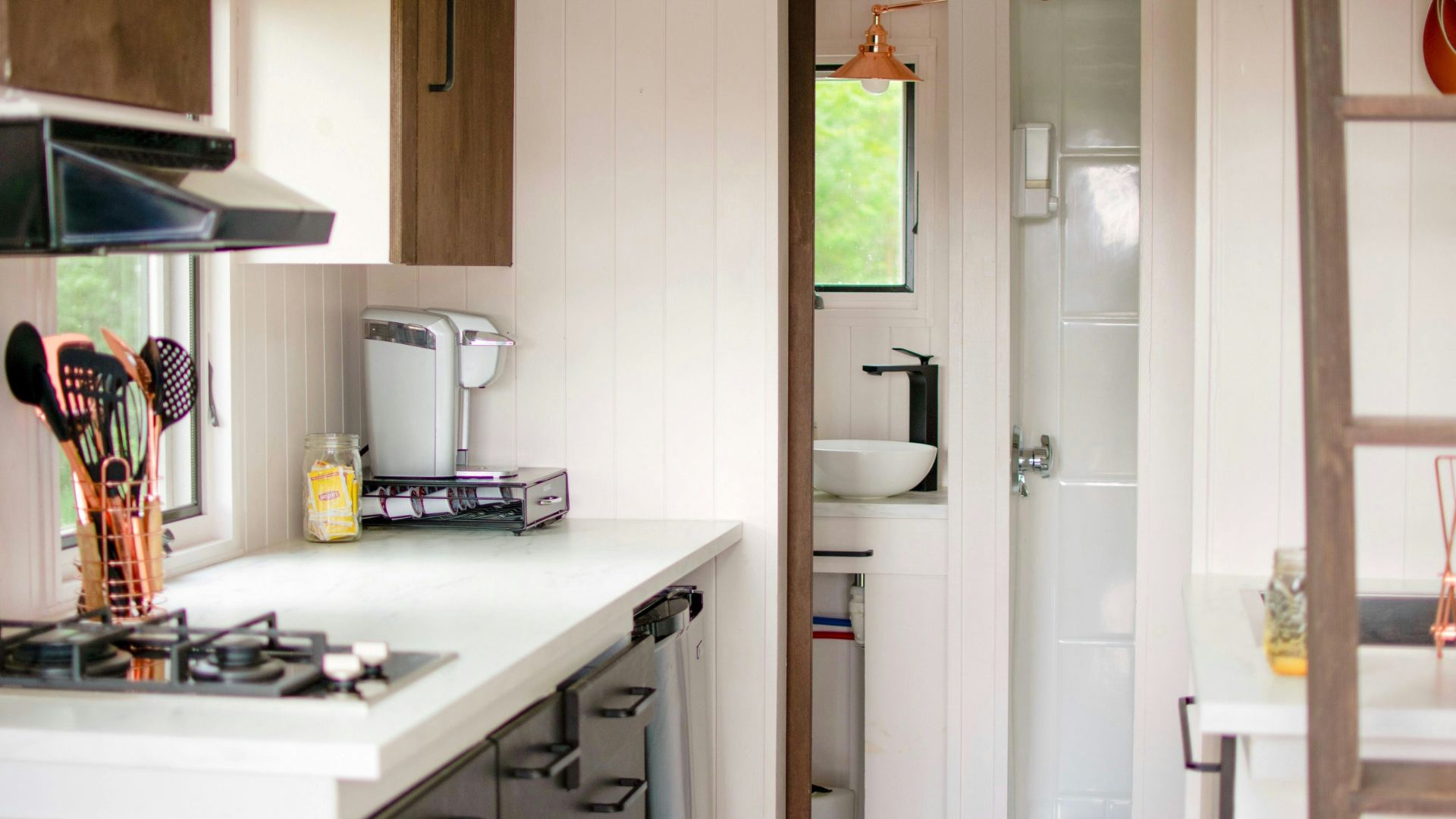
The tiny homes that Newsom promised for California’s homeless population were designed to temporarily help those who have found themselves without a roof over their head.
These homes include common areas, kitchens, and living rooms. The homes were also planned to be set up as a community, with cabins designated for helpful counseling.
A Needed Stability

Supporters of this $1 billion plan have explained that these tiny home communities will help homeless Californians gain some much-needed stability in their lives.
As a result, crime and police calls in these areas would go down.
Where This $1 Billion Goes

This designated $1 billion plan is supposed to fund the costs of contracting, building, delivering, and installing tiny homes throughout the state.
When the initiative was first announced, the California National Guard was supposed to prepare and deliver these homes. However, the state has recently announced that each city and county would be responsible for buying and placing the homes.
A Change in the Plan
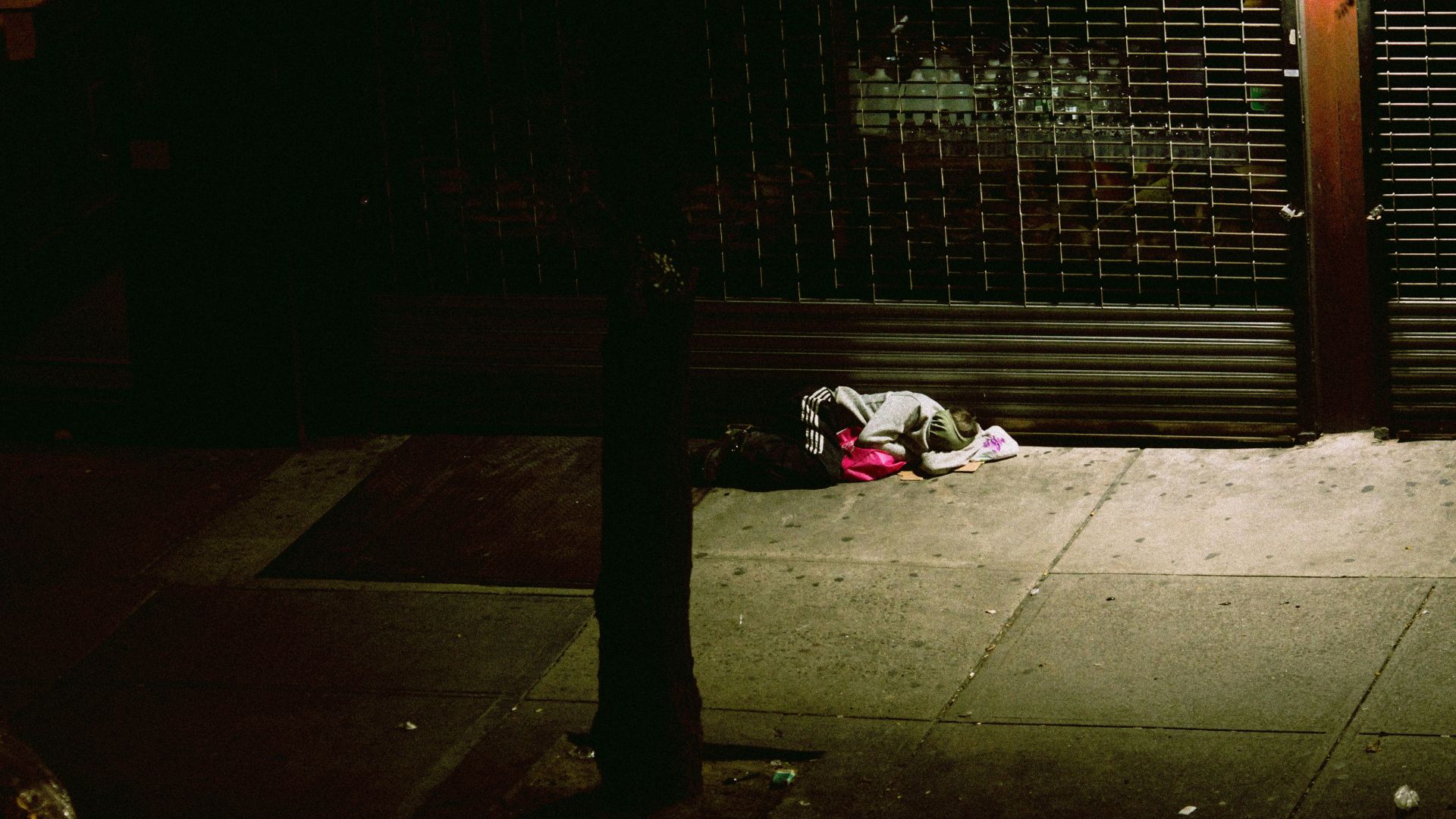
This sudden change has seemingly halted California’s plan to truly help their homeless population. The blame has thus far been blamed on changing state parameters and other bureaucratic factors.
However, these problems have resulted in these tiny homes not housing one person since Newsom’s announcement last year. Only 150 homes have even been purchased by California cities.
Sending Millions to California Cities

Now, instead of the state using this $1 billion to contract and send tiny homes to the four main regions of California, they’ve decided to send money to separate cities instead.
These cities are now in charge of ordering and installing these homes. This switch in the initiative has led some cities on the hook for funding the project, as they need more money than what the state is giving them.
San José’s Decision

For example, San José received $13.3 million from the state for this tiny home endeavor. However, the city’s mayor Matt Mahan revealed that their plan to build their 200 promised homes would actually cost $22.7 million.
Regardless, San José has already made huge moves in helping its homeless population, as they’ve opened up about 500 tiny homes funded by local money.
Continuing to Build Tiny Homes

San José has become one of the success stories so far. The city plans to build an additional 700 tiny homes in the next 18 months, 200 of which are under the state’s plan.
“San José has moved forward so quickly and stood up so many of these [units] because we have demonstrated that they work,” Mahan said, “and have been able to secure community and city council support for devoting public land to tiny home communities.”
Problems Persist

Though San José has truly made progress in building these tiny homes and helping their homeless citizens, many other regions of California haven’t made any progress whatsoever.
Various vendors that were initially contracted by the state to build these homes for California have revealed that they haven’t had one order come through yet.
The Biggest Issue
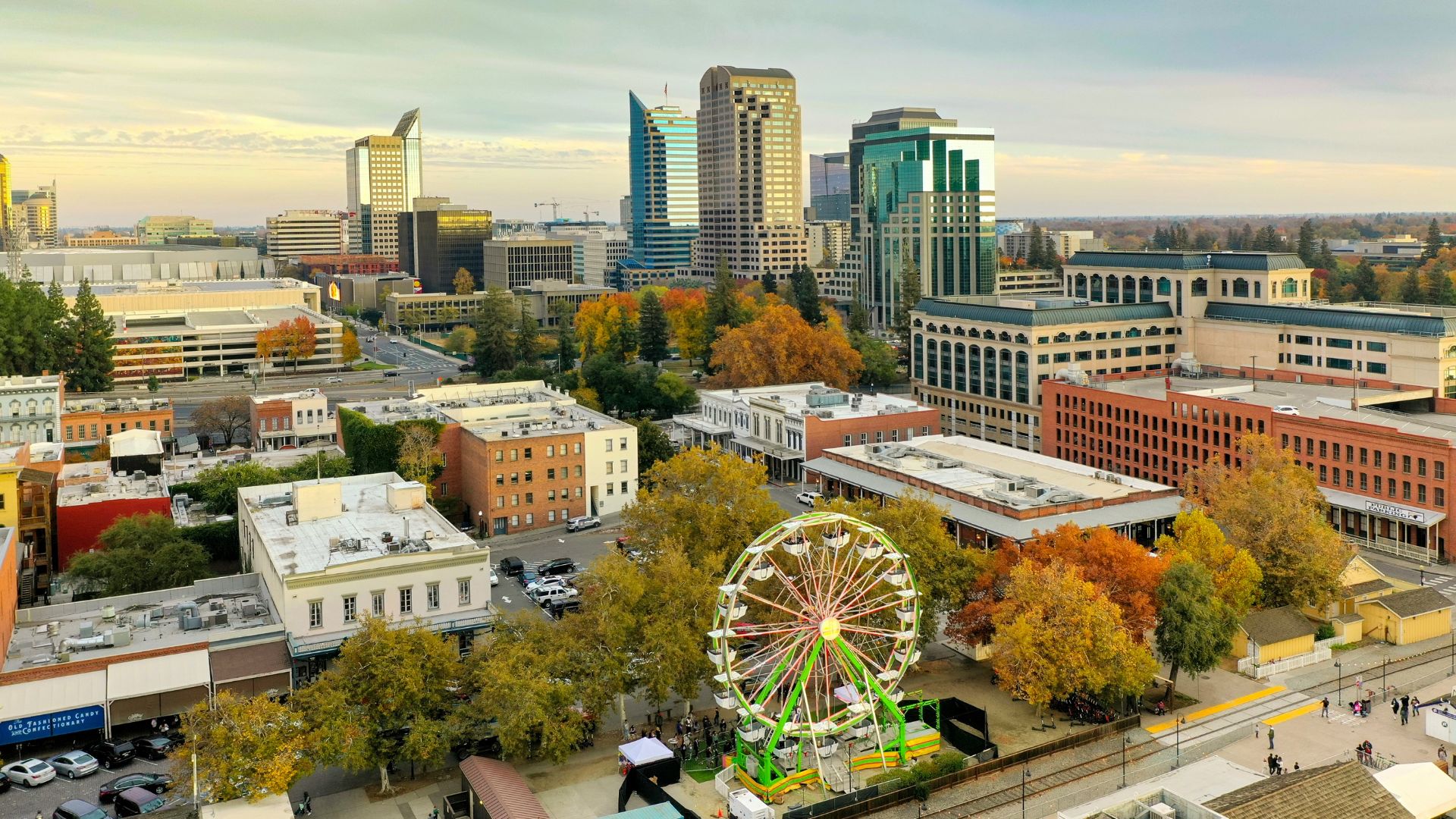
Many California cities have faced growing problems in deciding where these tiny home communities should be placed.
Often, when the city or county has announced where this community will be held, local residents have fought back against this decision, stating that they don’t want these neighborhoods placed near their own because of safety concerns.
Pushback in San Diego
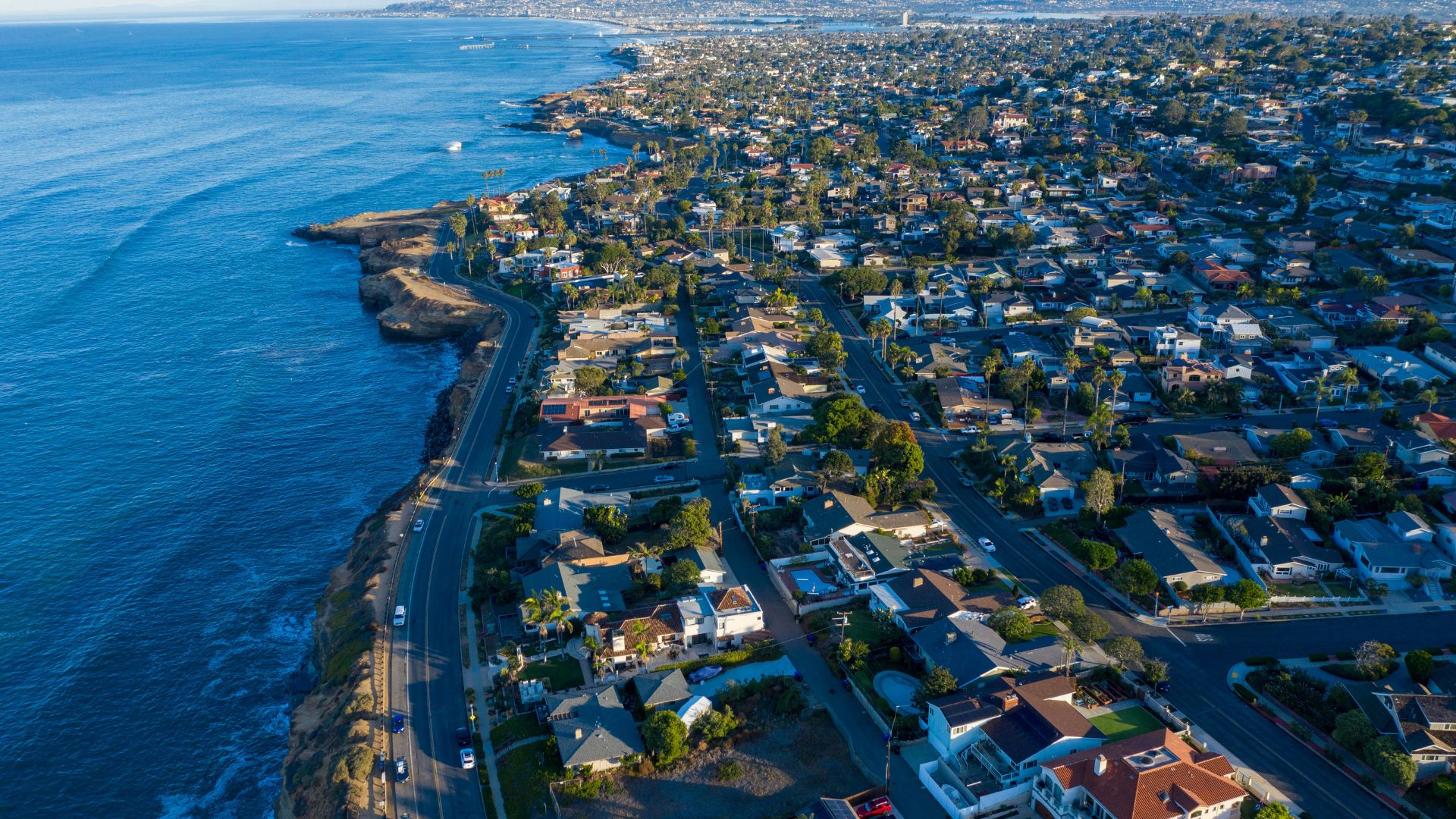
San Diego has seen major pushback from some of its residents after officials revealed that they would build one of the tiny home communities on Jamacha Road.
Once concerns were made by residents of Spring Valley, however, the city decided to abandon its decision to build homes in this area. Now, it’s looking for another region to house its homeless people.
Can California Truly Help its Homeless Population?
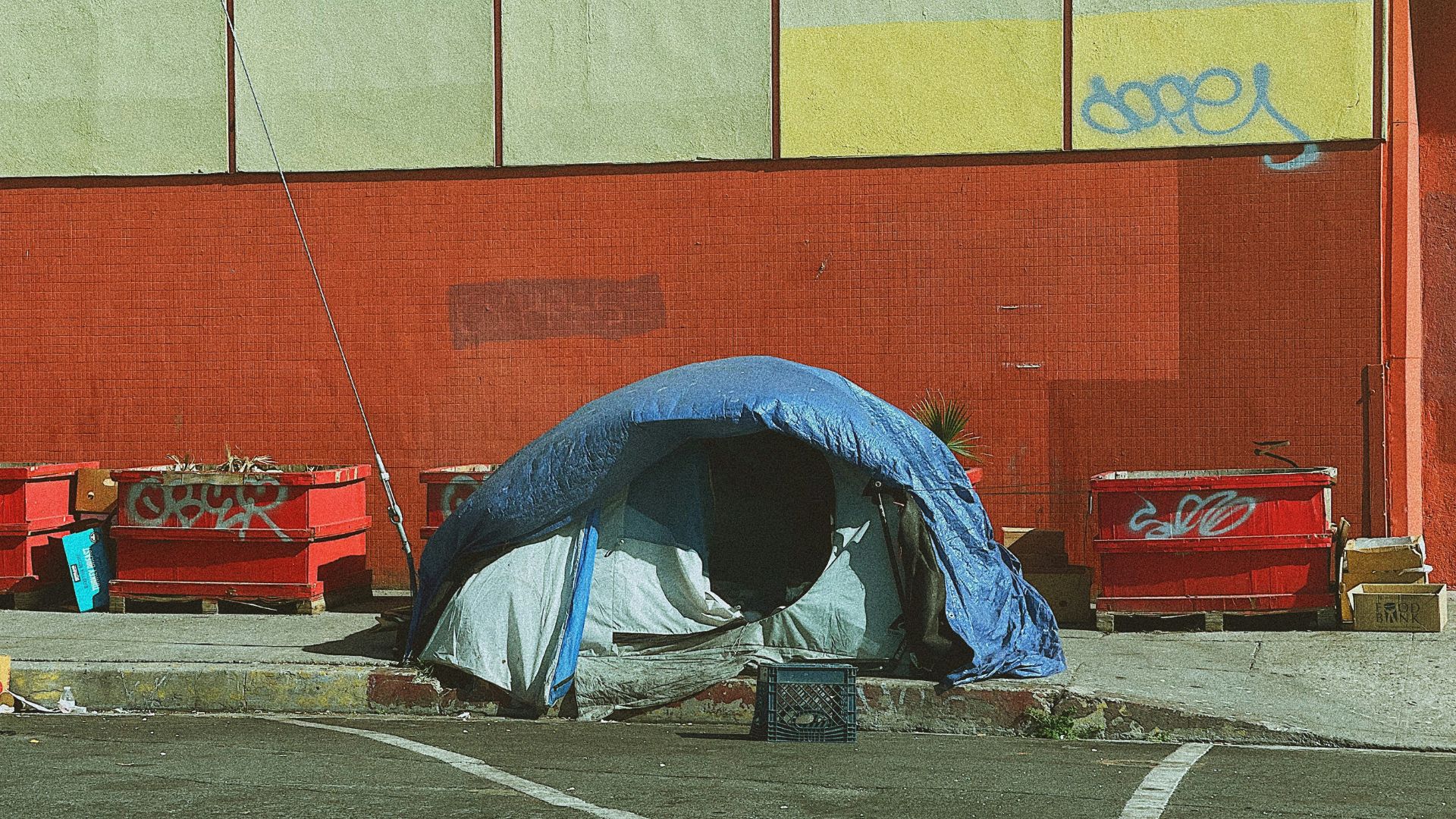
California has one of the largest homeless populations seen in the entire country. This $1 billion initiative was designed to try to solve this issue. However, the plan’s many changes and problems have kept many cities from seeing success.
Even with these many issues, some success stories have arisen from this initiative, particularly in San José. If other cities can work out their current hurdles, they may too be able to truly help some of their homeless citizens.
